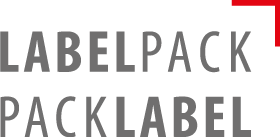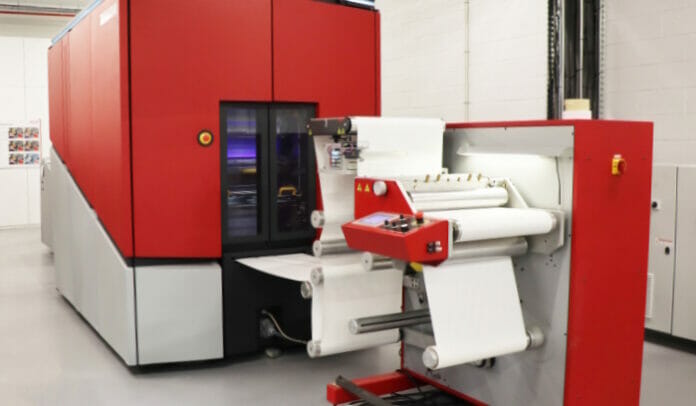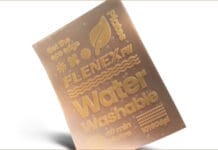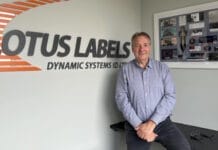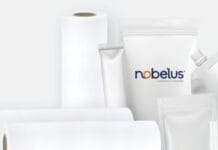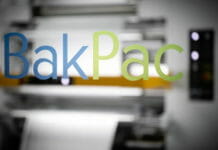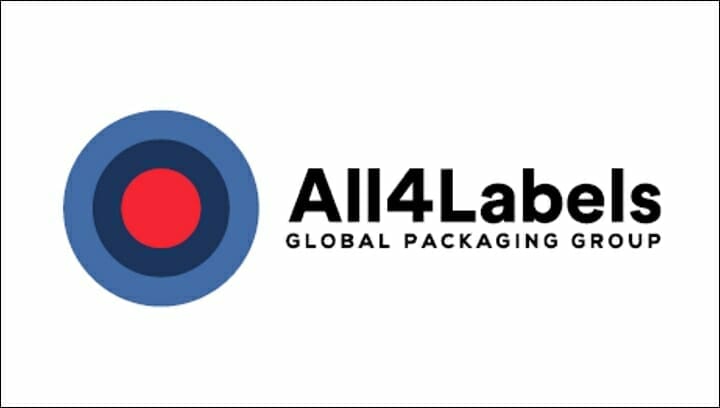Dieter Finna · pack-consult.com (Click here for a German version)
While food-safe and at the same time sustainable flexible packaging solutions have not previously been one of the strengths of digital printing, the toner technology of Xeikon Titon has brought progress in this area of application. Barrier papers printed with dry toner offer flexible packaging solutions that open up new opportunities. Exactly at the right time because pressure on the industry to offer such solutions in digital printing is on the rise.
The packaging industry faces the enormous challenge of redesigning its packaging solutions for a circular economy. An inventory published by Systemic in April 2022 shows that in 2020 only around 19% of the packaging volume in Europe was mechanically recycled. One reason for this low recycling rate lies in the large number of composite materials in use, consisting of aluminium and plastic multi-layer laminates. These composite films can only be separated into usable fractions with great effort and are therefore usually thermally recycled. This is one of the reasons why the most common method of disposing of plastic packaging materials in Europe is energy recovery (incineration). In second place is disposal in landfill and only in third place is material recycling. The latter is undoubtedly propagated by all those involved as the most meaningful solution, keeping the carbon cycle going and continuing to use the currently available carbon without adding new fossil carbon or converting it to CO2.
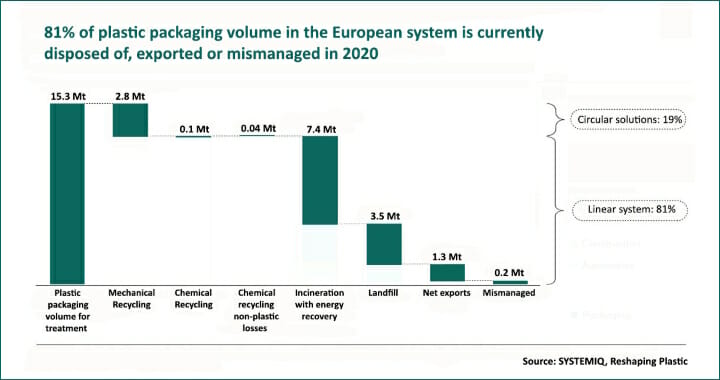
In order to change this situation and make recycling easier, a rethink in packaging development is required. One approach for a circular solution is the use of monofilm laminates or monofilm made of oriented polyethylene (MDOPE), on which, depending on the design, a barrier white and an oxygen barrier varnish are applied in reverse or frontal printing. With this structure, remarkable oxygen transmission rate (OTR) values can be achieved for oxygen impermeability, which already covers a wide range of requirements for various fatty foods.
However, packaging solutions made of fibre-based materials are also on the rise in flexible packaging and are being given new tasks, and not just because of their high recycling rate or because they are made from renewable resources. The current portfolio of heat-sealable barrier papers is constantly being expanded by all the well-known speciality paper manufacturers, both for food and non-food applications. It now covers numerous product protection requirements in terms of water vapor, oxygen and fat barriers as well as puncture resistance. In combination with such barrier papers, dry toner-based digital printing is gaining in importance.
Packaging printing with Titon dry toner technology
The fact that digital printing with dry toner printing presses can be used for flexible packaging is due to the further development of dry toner technology. Xeikon introduced it to the market under the name »Titon«. Compared to conventional dry toner types, barrier papers that are printed with it have the necessary seal resistance when the printed packaging is closed in the filling machines.
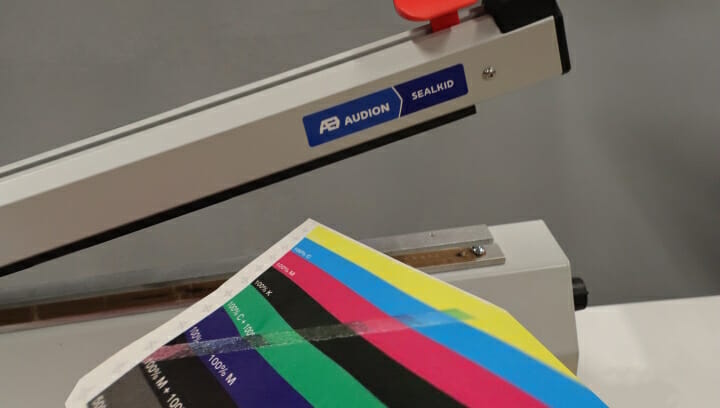
The seal resistance achieved in this way opens up the use of dry toner in flexible packaging. And this is where this toner process can demonstrate a general strength over other digital ink systems – its food safety properties as well as its non-melting and image quality on paper. While liquid toner, water-based inkjet or UV-inkjet have significant limitations in their compatibility with these kinds of applications, there is also a very low risk of food migration due to the specific composition of Titon toners based on the very high molecular weights of the ingredients used.
Titon Dry Toner
The Xeikon Titon toner consists of cross-linkable polymers, pigments, charge control agents and other additives. In contrast to conventional dry toners, the Titon toner molecules can be crosslinked with an extra LED curing step resulting in very high molecular weights. As a consequence of the curing step the Titon toner becomes resistant to mechanical and thermal stresses, giving the toner the necessary properties for use in flexible packaging.
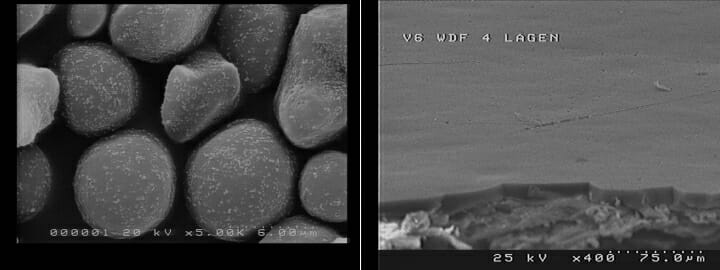
After the imaging process in the printing press, the powder image is transferred to the substrate and the particles are then fixed to the substrate using a temperature of approximately 110 °C. The toner particles melt and coagulate to form a homogeneous film with a thickness of up to 4 µm per toner layer. In addition, the Xeikon CX500t digital printing press is equipped with an LED curing unit. The LED radiation initiates the cross-linking process of the toner polymers. Eventually all the Titon toner polymers are then crosslinked to form a matrix with unique properties. Since the molecular weight of the toner layer and the matrix structure in which the components are embedded are the decisive factors for migration behaviour, the components in the polyester layer are practically immobile. For this reason, the migration risk of the dry toner is extremely low. This is unique in digital packaging printing, especially since the solid layer is completely odourless and also prior to printing, completely solid and safe to handle.
Additional Features of Titon Toner
The cured, crosslinked polymers in the toner layer not only make it heat-resistant when sealing a package. They also give it its mechanical properties in terms of scratch and abrasion resistance, as well as chemical resistance. In addition, this dry toner has a high lightfastness due to the choice of pigments. When looking at the printed packaging, one notices the velvety sheen of the solids resulting from the closed toner surface, which means that no decorative overcoating is required.
Application in Flexible Packaging
With the increasing use of barrier papers in flexible packaging, the possible applications of digitally printed packaging with dry toner are also growing. The pasta manufacturer Bschüssig in Frauenfeld was the first manufacturer in Switzerland to switch its 33 different pasta packages to barrier paper. For their recently added green packaging line, they preferred digital printing as it was ideal for the initial production at launch. The packaging was printed with Titon toner on kraft paper, without overprint varnish. The fact that the packaging in this design cannot be stored in a damp environment is not an issue for Bschüssig customers. In return, they can dispose of the packaging through the normal waste paper stream after use.
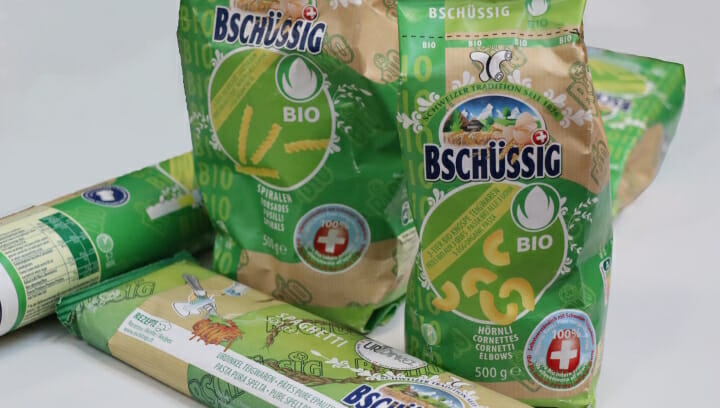
For packaging printer ACM in Cremosano/I, the reason for printing packaging digitally is its run length. The company is geared toward the production of short-run pouches. ACM is one of the first to use a Xeikon CX500t press for this purpose. The company’s key selling points for the dry toner printed paper pouches are that they are food safe and sustainable.
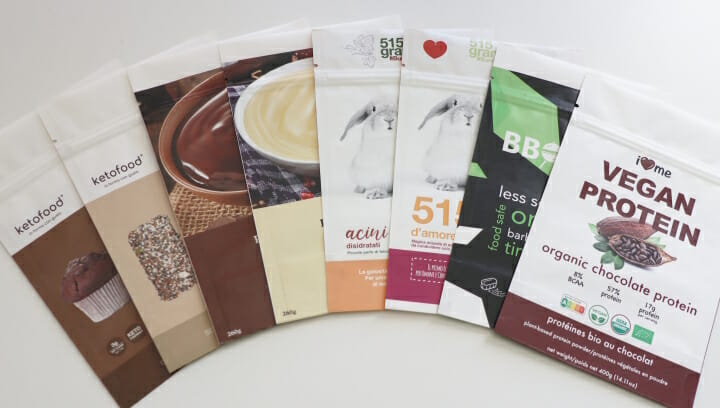
Both are criteria that are required more than ever in flexible packaging. Packaging solutions that meet these criteria cover today’s requirements. In digital printing with Titon toner, it is the food-safe technology due to the absence of any liquid, low molecular weight (mobile) substances. And the barrier papers made from renewable resources stand for the sustainability of the packaging solution. In this combination, there is a broad potential for their further development in flexible packaging.
